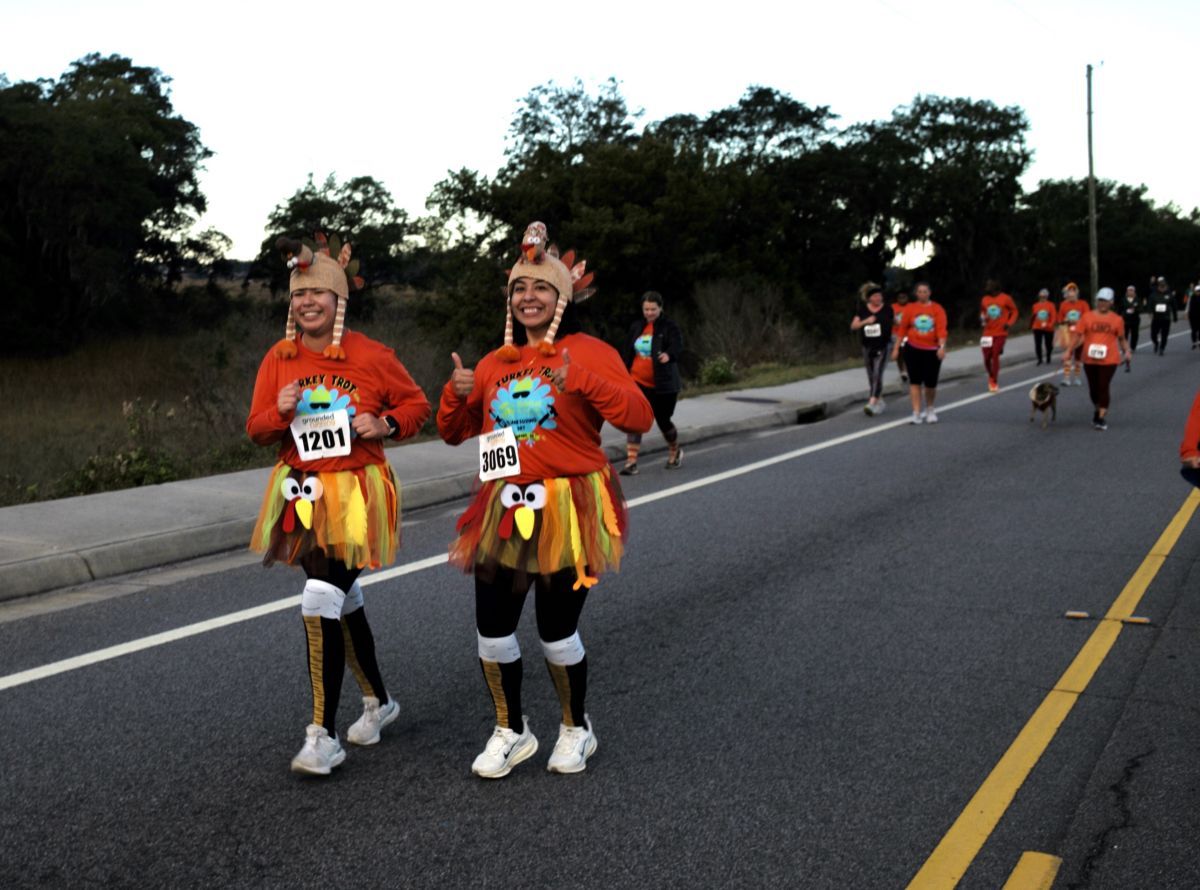By Jack Sparacino
I love rice. One really nice thing about coming to the Lowcountry was discovering the wonderful local rice. Having never before lived in an area that produced rice, I couldn’t resist doing a little research on the subject. Here are ten interesting things that quickly popped up:
1 (a) Worldwide, there are more than 40,000 different varieties of rice. World rice consumption increased 40 percent in the last 30 years, from about 135 to 189 pounds per person per year (milled rice, or what remains after the husk, germ and bran layers are removed).
1 (b) The international rice trade is roughly 25-27 million tons per year (a mere 5-6 percent of world production) compared to a staggering 113 million tons of wheat.
2. Speaking of big numbers, there are 12,768,996,452,894 rice recipes. Oops, I forgot Aunt Helen’s recipe for rice and beans with minced shallots and water chestnuts. Make that 12,768,996,452,895. Oh, plus rice pudding. Rice wine vinegar too. Plus sake. And Rice Krispie squares, I guess. Yikes, my calculator just broke!
3. Apparently, rice was first domesticated in the region of the Yangtze River valley in China. Chinese rice cultivation dates back roughly 12,000 years, way before Rice-A-Roni.
4. According to the USA Rice Federation, “Rice is a nutritious food that is fortified with folic acid, which has helped contribute to a reduction in some birth defects in infants.”
5. After the 15th century, rice spread throughout Italy and then France, later to all the continents during European exploration (the “Rice Capades” perhaps).
6. Rice arrived in South Carolina in 1694, probably originating from Madagascar. The predominant strain of rice in the Carolinas was from Africa and was known as “Carolina Gold.”
7. Rice quickly became a staple in the diet of colonists in the Carolinas and grew rapidly as an export crop.
8. A terrible hurricane in 1911 devastated the Lowcountry and its rice infrastructure, such as docks, warehouses and rice mills in Charleston. The water carried away the partially harvested rice crop, and according to planter Duncan Hayward “a scene of activity and prosperity was changed into one of stillness and desolation.”
9. Today, people can visit the only remaining rice plantation (established in 1718) in South Carolina that still has the original winnowing barn and rice mill. It’s located at the historic Mansfield Plantation in Georgetown. 10. Most of the rice now produced comes from China, India, Indonesia, Pakistan, Bangladesh, Vietnam, Thailand, Myanmar, Philippines and Japan. These farmers contribute over 90 percent of the world’s total rice production.
I’m still trying to find out when the first person decided to keep a few grains of rice in their salt shaker to prevent the salt from clumping. I hope they received some type of fancy award for this vital discovery. Perhaps this person also started the practice of throwing rice at weddings. One last thing: It might be a good idea for someone to design a scientific test to try to figure out whether rice or dried spaghetti keeps longer in your pantry. Hearing the result will be a good thing, since it will probably mean I lived to be at least 120. In the meantime, I’m betting on rice!






